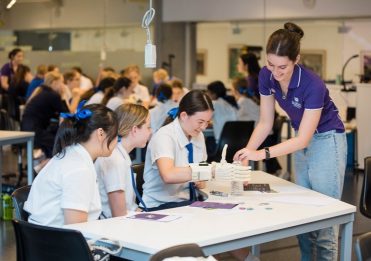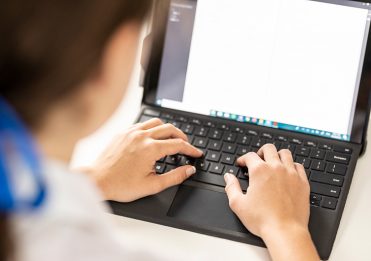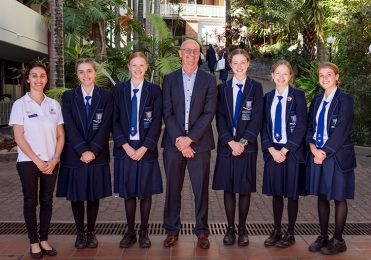Innovation and Entrepreneurship have become a national priority for Australia in the past five years, with entrepreneurship named as a central focus for growth in the 2015 National Innovation and Science Agenda.
In a report as the Chief Scientist, Professor Ian Chubb AC, said that the nation’s education institutions needed to be drivers of change in becoming a more entrepreneurial nation: ‘We need to encourage an entrepreneurial mindset at every level of education—starting in schools, continuing in higher study and enduring throughout working lives’ (Chubb, 2015).
Entrepreneurship is not a directly teachable skill, however. It must be cultivated via foundational skills— problem solving, creativity, logic and resilience.
Schools have responded to the challenge by following the curriculum with embedded skills and approaches that are required for innovation and entrepreneurship, but also by adapting classroom interactions to encourage lateral and design thinking. They have also partnered with local companies and incubators to offer students even more opportunities to use their entrepreneurial skills.
In keeping with Girls Grammar’s commitment to deep learning, the Technologies Faculty has embedded not only practical business skills, but foundational, widely applicable skills such as problem-solving and HumanCentred Design into its curriculum for the past five years.
In Year 10, for example, students respond to open-ended design briefs to collaborate on an enterprising project of their own. Students research market competitors, survey target audiences, develop branding, look into marketing strategies and then launch their product or service. In Year 11, every student designs and develops an authentic website for a real client. The girls manage the entire project—from setting up a live domain, to negotiating design and development procedures and client sign-off, culminating in the launch of the new site.
In all of these exercises, the goal is not creating a business, but solving a real, tangible problem. Students take a Human-Centred Design approach to solve this problem with either a physical or digital product; the commercialisation of the product is secondary.
In the new curriculum to be introduced in 2019, students will have even more options to develop these skills, through two new senior subjects that focus on design for human solutions: Design and Digital Solutions. Projects include ‘Redesigning Home Life’, where students must recognise an aspect of their daily lives that could be improved through a more efficient, useable process or product.
This is increasingly valuable, as our students will need to respond to technological, physical and societal problems that we cannot predict. As our girls graduate from High School not only will they have knowledge and training in solving digital and social problems, but also practical experience.
References
Australian Government, Australia’s Chief Scientist. (2015, October 30). Boosting high-impact entrepreneurship in Australia: A role for universities [Report]. Retrieved from http://www.chiefscientist.gov.au/2015/10/newreport-boosting-high-impact-entrepreneurship-inaustralia/
Malcolm Turnbull, Prime Minister of Australia. (2015, December 7). National innovation and science agenda [Media release]. Retrieved from https:// www.malcolmturnbull.com.au/media/nationalinnovation-and-science-agenda
Report: Boosting high-impact entrepreneurship in australia | Australia’s Chief Scientist. (n.d.). Retrieved from http://www.chiefscientist.gov.au/2015/10/ new-report-boosting-high-impact-entrepreneurship-in-australia/




